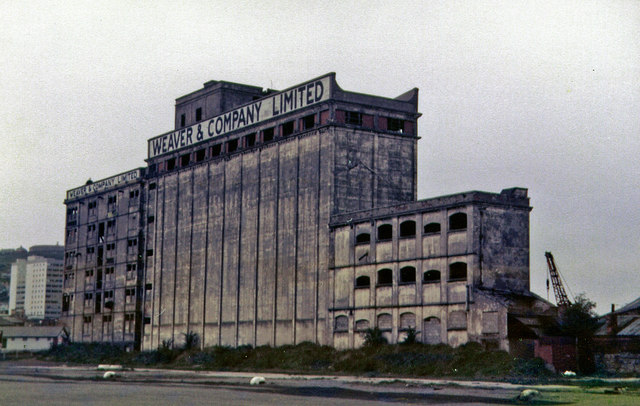- Joined
- Jun 13, 2006
- Messages
- 6,381
Michigan Central Station

Michigan Central Station
Not as abandoned as you might think apparently - somebody has mysteriously replaced several window panes on the upper floors and no-one seems to know who did it or why.
.


Love it. What was the water bowl for - water, obviously it seems, but decorative, functional, ceremonial? Got a project I've just started - am going to visit every castle in Wales. We have more than anywhere else, so I'm going to celebrate that fact with my mission.
